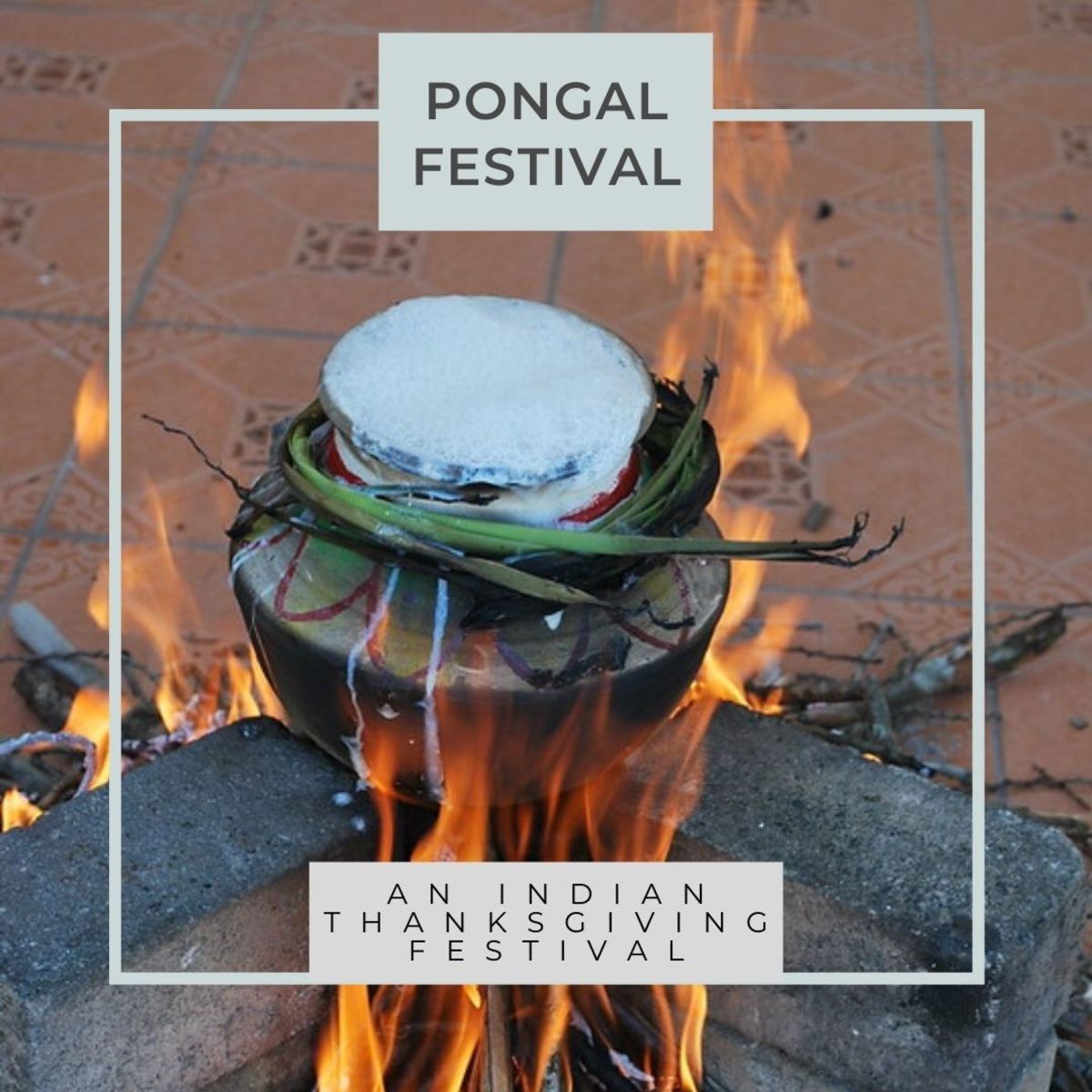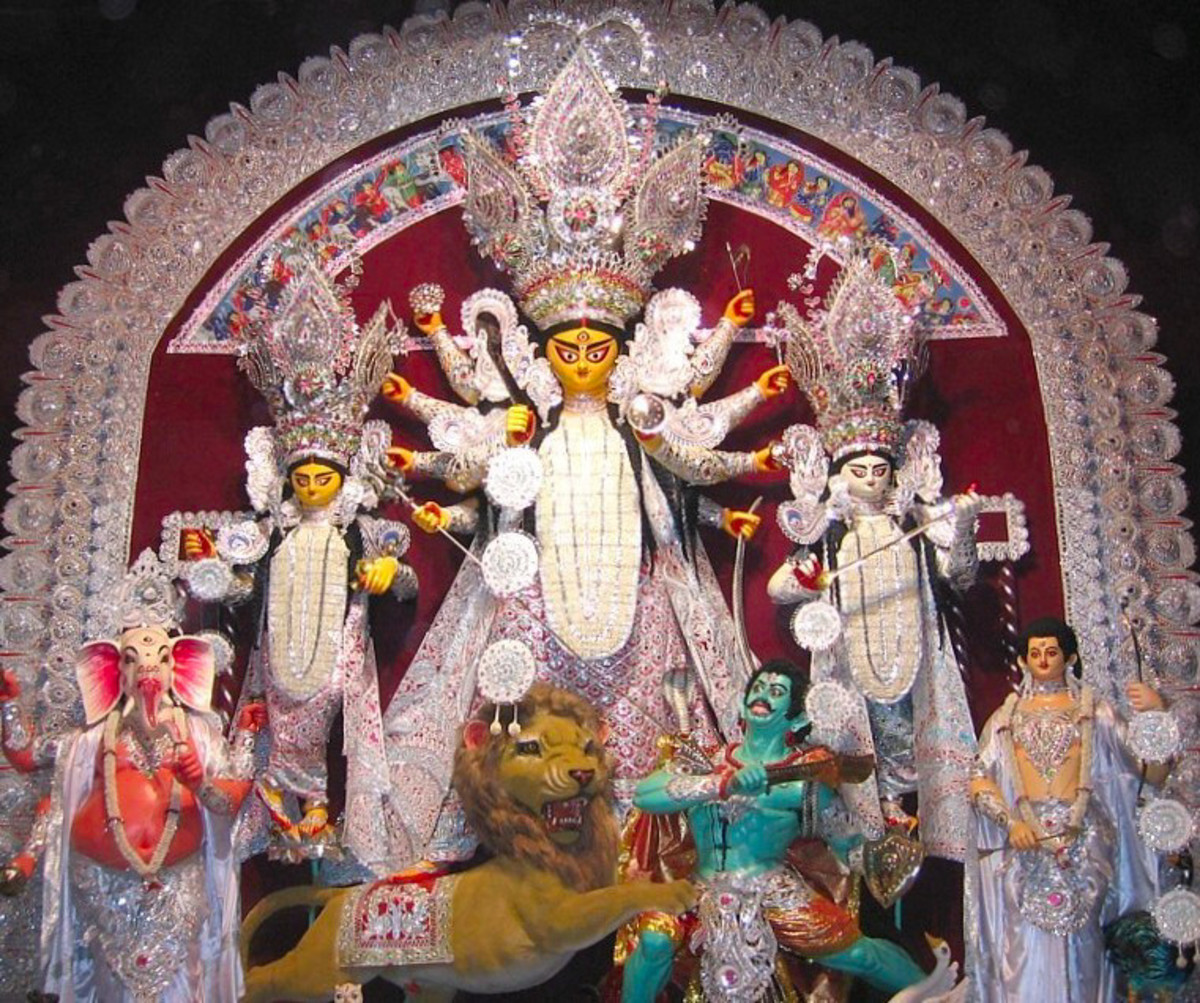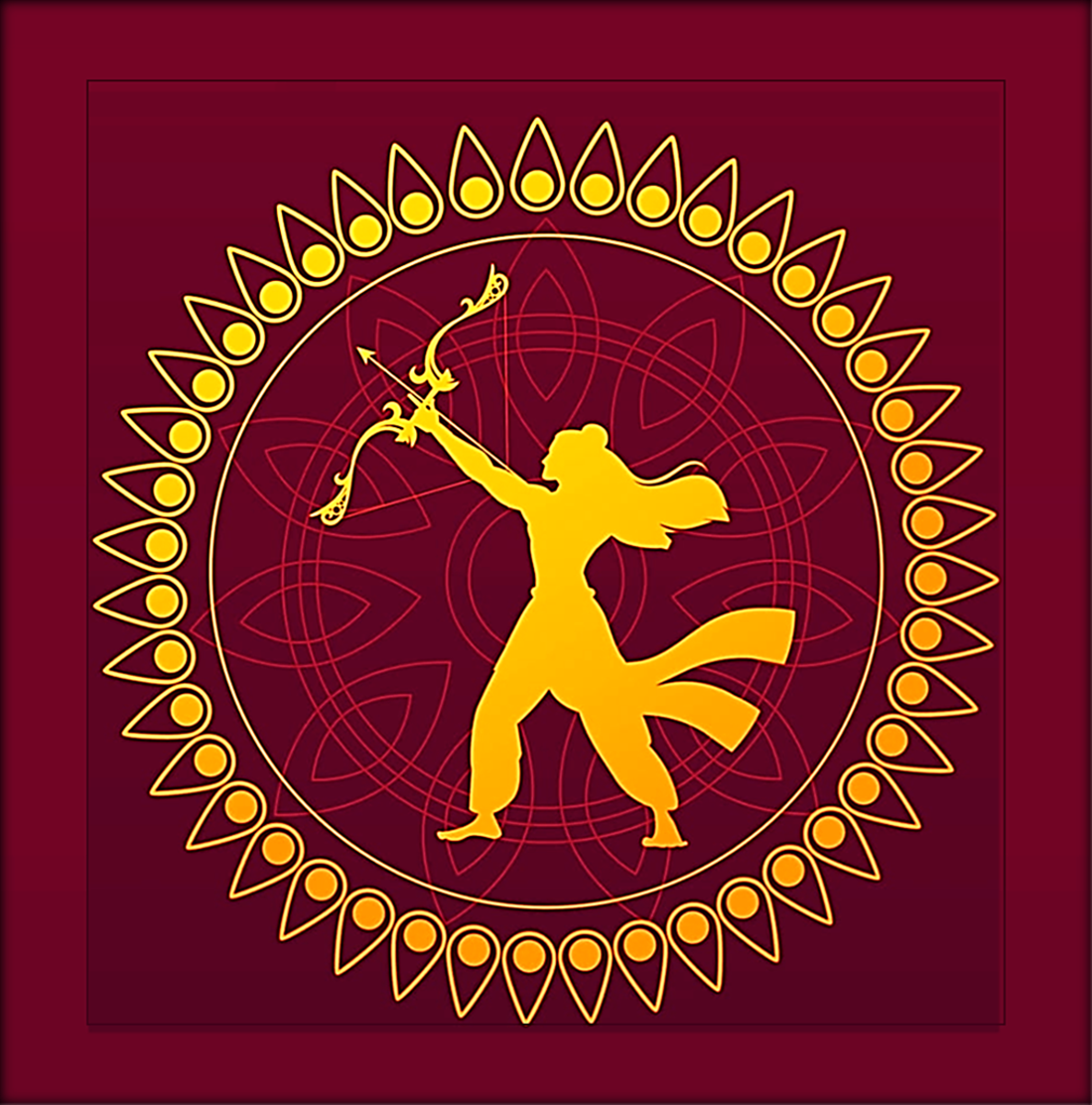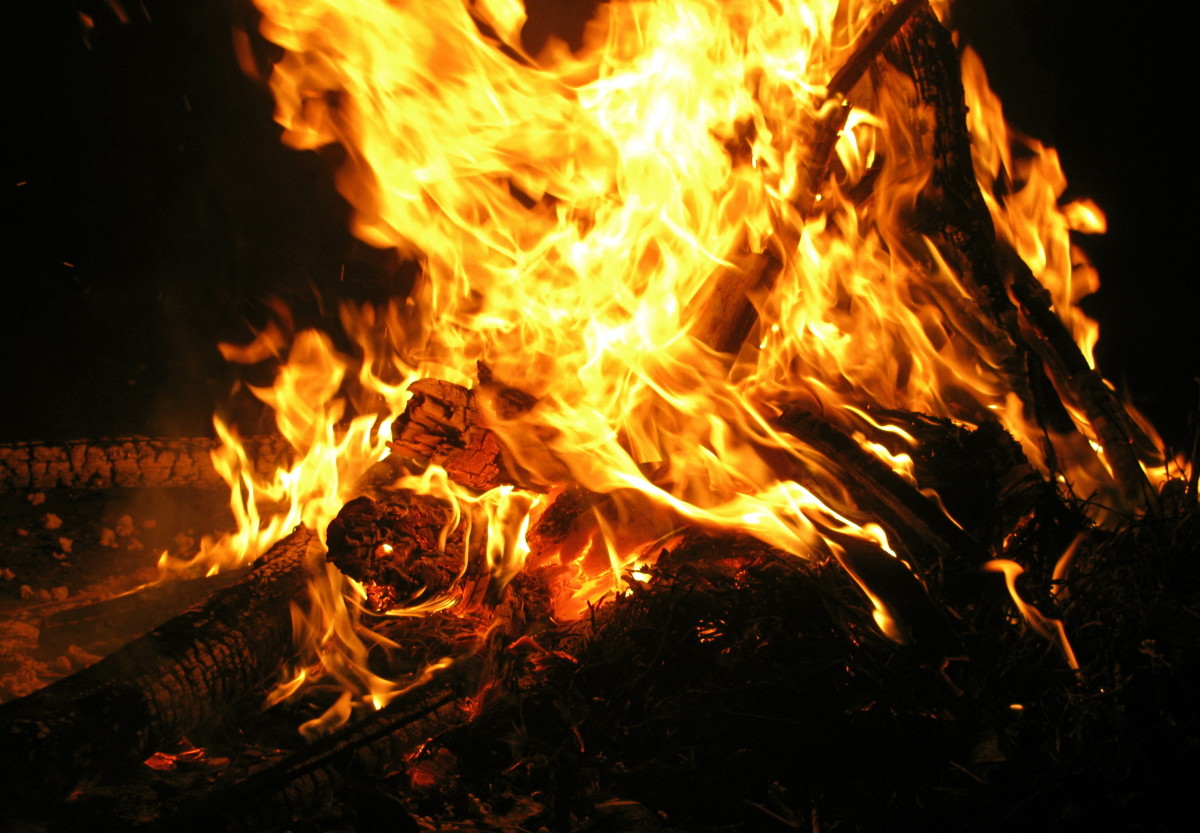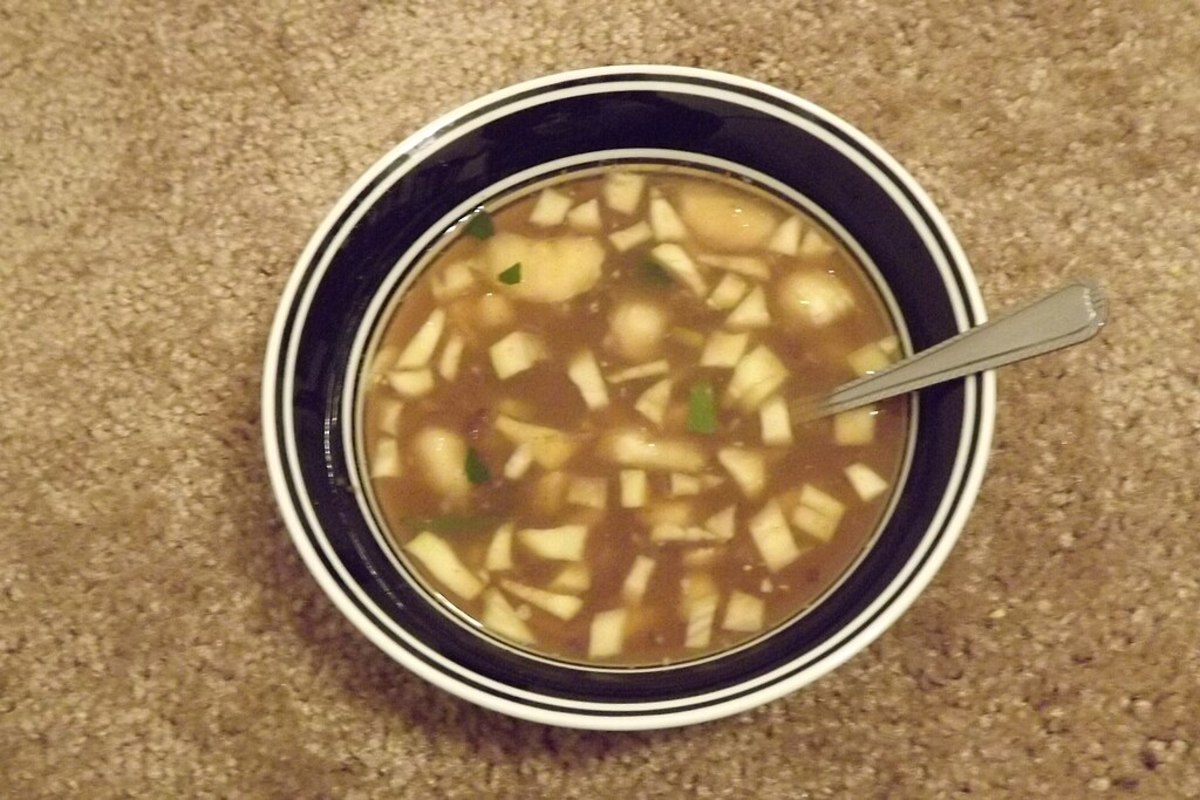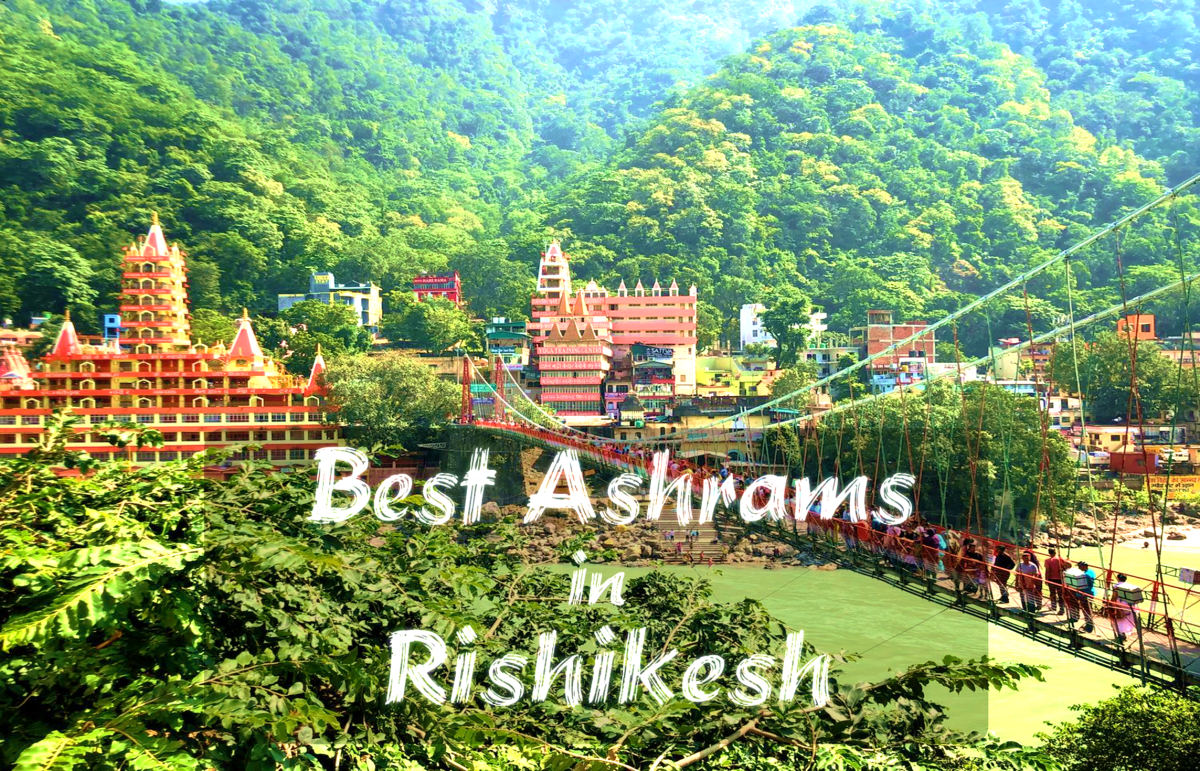Pongal - The harvest festival of India
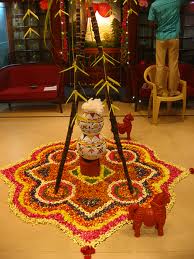
The harvest festival of South India (Tamilnadu)
The four days of festivities marking the end of winter and the beginning of the harvest season begins today usually around the 13 of January each year. The four days of festivities are a thanksgiving for the good harvest to the Sun God or Surya as they call him. This is a celebration of farmers and as most of India is rural in nature this is one of the most popular festivals in the country. Pongal means to overflow, it is a celebration of prosperity the overflowing of granaries, a rich harvest of crops and the change of season.
The sun is worshiped and celebrated all over the world, India has a special place for the sun too. Nature worship is a part of the Hindu rituals, the sun, the moon, animals, plants, trees all are worshiped and thanked according to the Hindu traditions.
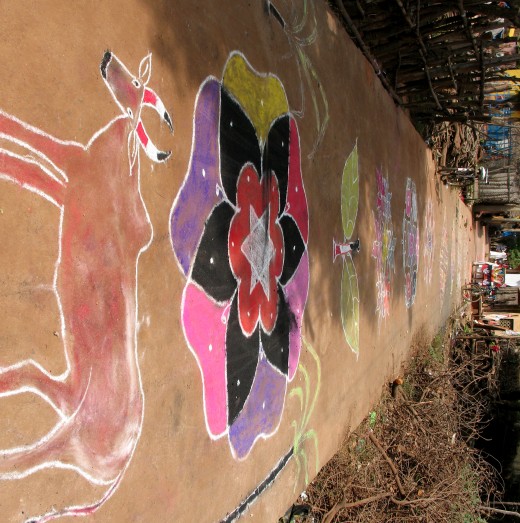
Four days of Pongal celebrations
Bogi - on day one
The first day of Pongal festival is called Bogi , a day of thanksgiving for the clouds and the rains that have made the harvest possible. This day is a day of cleaning, when the old and unwanted things are thrown out of the houses. They are piled and burnt (a bonfire of waste ) to mark the beginning of good times and prosperity. This is a kind of spring cleaning. The houses are painted and decorated and you will find coloum or design with rice flour paste all over the house, this is a way of feeding the ants and insects. This custom has now degenerated to using chalk and stone powder. These beautiful decorations are done on the walls floor and new pots bought to celebrate the main Pongal festival.
Newly de husked rice, turmeric and sugar cane bundles are brought in from the fields for the festivities the next day.
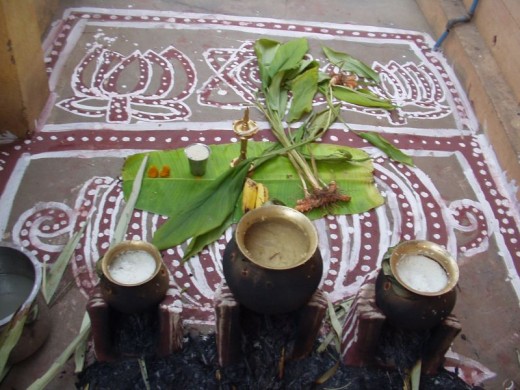
The Surya pongal or Shankaranthi or Mahkar Shankaranthi
Thai Pongal
The Surya pongal or Shankaranthi or Mahkar Shankaranthi as it is called in the different regions of India is he day of thanksgiving for the Sun god. It is the beginning of the month of Thai which is considered to be very auspicious and most marriages takes place in this month.
The day begins with worshiping the sun god at the break of dawn. The women rise early, bathe and decorate the front yards of the houses with coloum or Rangoli, using color powders to give life to the designs, making streets look bright and beautiful. In the middle of this burst of color is a cake of cow dung with pumpkin flowers in the middle.
Sugar canes and turmeric plants are part of the décor too. In the middle of the yard a cooking unit is created with stones and mud on which the new rice is cooked in mud pots that are decorated. The rice that is cooked is allowed to boil over or overflow. Children and adults shout Pongal-o- pongal when the rice boils over, as an offering to the Sun God. He is offered jaggery and milk too on this occasion.
The Pongal or a sweet rice dish is cooked and served to the sun god first before it is served to everyone. (See recipe below)
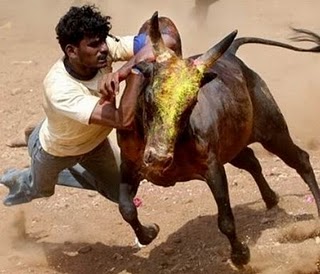
The third day of Pongal
Maattu Pongal
The next day of the harvest festival is dedicated to the Bulls and the cows, it is called Mattu Pongal.. This is thanking and worshiping the bulls that have helped in ploughing the fields and for the cows which provide the milk. The cows are bathed and decorated, their horns are painted and they are given a day of rest and some good feed.
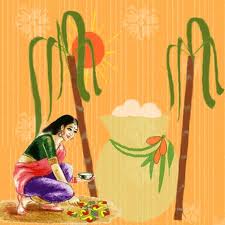
Fourth day of Pongal
Kannum Pongal
The fourth day of Pongal is called Kannum Pongal, a day dedicated to the elders in the family. People travel places to be together, meet their relatives and have a celebration of sorts after having worked on the fields all year through. Much of this has lost its relevance, as there are few farmers and most of rural India has now turned to other occupations, but Pongal is still celebrated with a joyous fervor that only India can have, given its multitude of festivals.
It is also celebrated as Kanni pongal when all the virgins dance and celebrate their youth. They do a folk dance called kol attam. It is danced to the rhythm of their songs and the music of the stick that they hold in each hand.
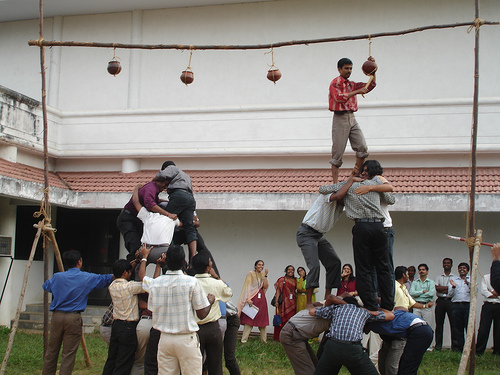
Games and competitions associated with Pongal
Pongal Games
There are coloum competitions held around this time to judge the artistry and creativity of the women folk.
The men to have their share of games called the jalli kattu, where the bravery and valour of the man is tested. Bulls with pointed horns often sharpened and trimmed for the purpose are allowed to run freely and the man who catches it can take the huge prize money tied to its horns. This is quite similar to the Spanish bull fights, a very dangerous game and not for the weak hearted. In the days of yore the village headman would even give his daughter to the bravest youth who tames his bull brought up just for this day.
Eating sugar cane is a task in it self, but it is good fun as you sit with friends and have eating competitions on long sunny afternoons.
For the not so adventurous you have the Pongal pot filled with water and money tied up on a high pole. Participants have to break the pot by climbing on the backs of others or with a stick with your eyes covered with a thick cloth. This is similar to the Pinata of Mexico.
Simple pongal recipes
Sweet Pongal
1 litre Milk and ¾ liter water
» 1 cups Newly harvested Rice
» 1/4 cup Moong Dal
» 15 Cashewnuts
» 10 Almonds
» 30 raisins
» 1 1/2 cup Jaggery (grated)
» 1/4 teaspoon Saffron (crushed)
» 1 teaspoon Cardamom powder
» 2 tablespoons ghee
Bring the milk and water to boil add, washed and strained rice and moong dal. Cook until it is nice and pulpy, add the grated jaggery or brown sugar. In a small pan heat ghee fry the cashews almond slivers and add the to the mixture that is cooking along with the ghee, add raisins and cardamom powder mix well before you take it of the stove.
It is ready to be served.
Plain pongal or venn pongal
Water and milk or you can make it with just water 11/2 liters
Rice 1 cup ¾ Moong dal
Cashew nuts and almonds a hand full
Ghee 3tablespoon
Black pepper one and a half teaspoon
Curry leaves 20 leaves
Ginger finely chopped
Cumin seeds one teaspoon
In a cooker or a pot pour the ghee, splutter the cumin seeds, curry leaves taking care not to burn them, add chopped ginger, pepper and now add rice and dal which is washed and strained. Fry till a nice aroma starts coming and add boiling water and milk or water to the pot. Let this cook until the rice becomes soft and mushy, now fry the cashews and almond sliver in ghee and add them to the cooking rice. Season with salt.
Mix well and serve.
Happy Pongal - Wishes to everyone!
It is that attitude of gratitude that is seen in all these celebrations, the thanksgiving days of India.
The color of celebration, the mark of change of season and ringing in a year of prosperity has begun in this great land called India. Incredible India. Happy Pongal!!



